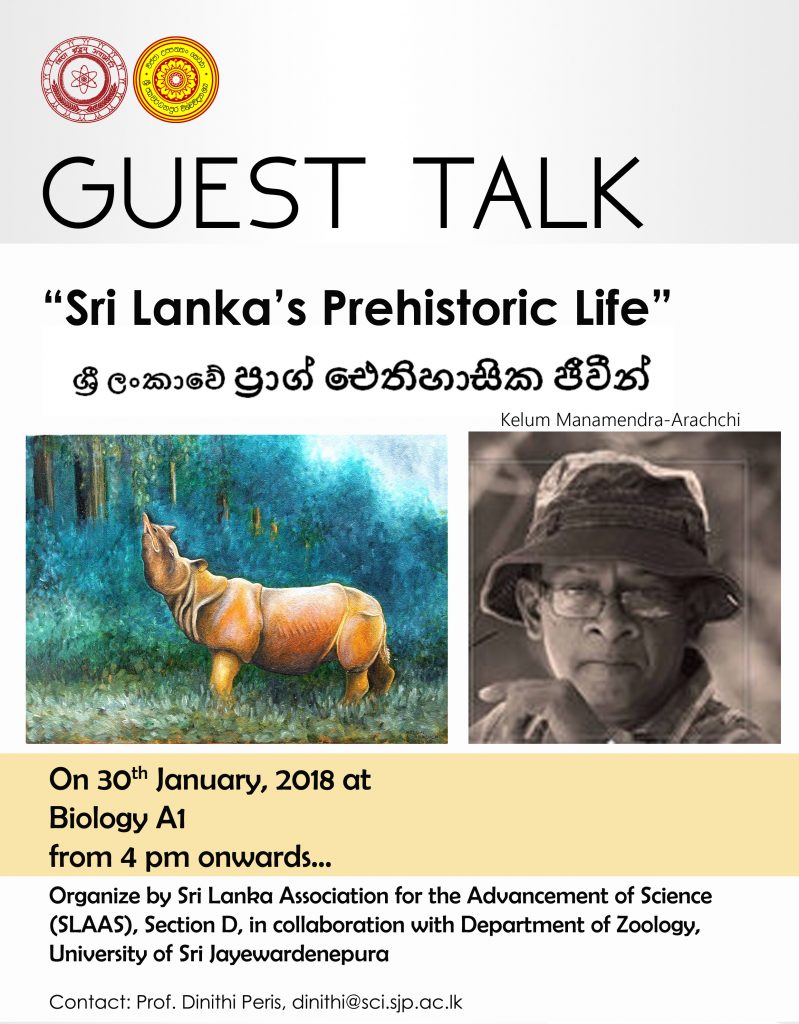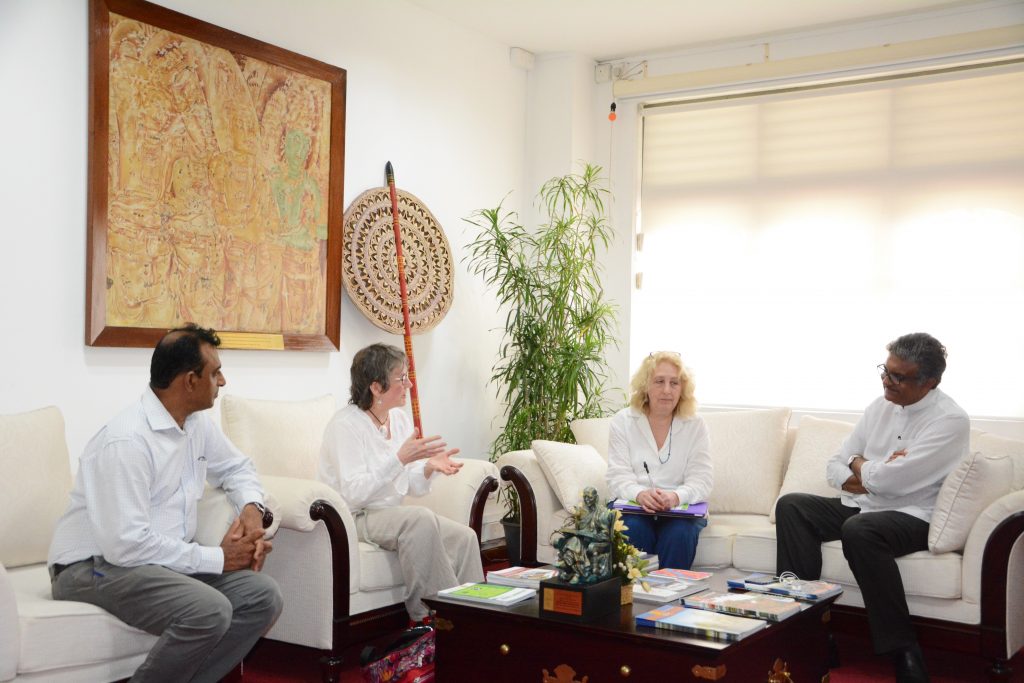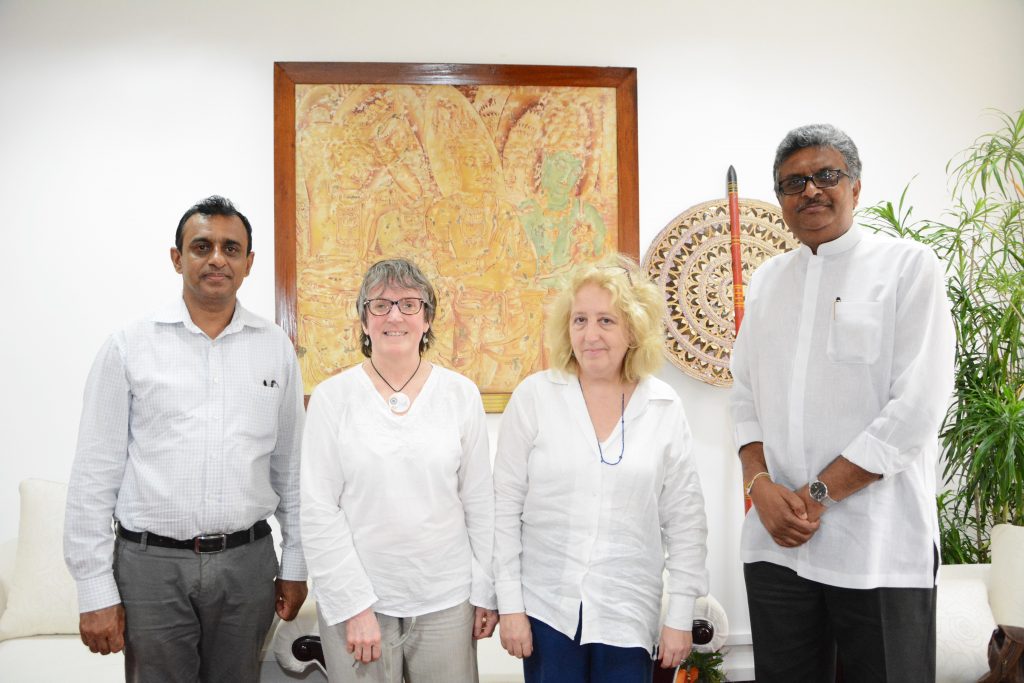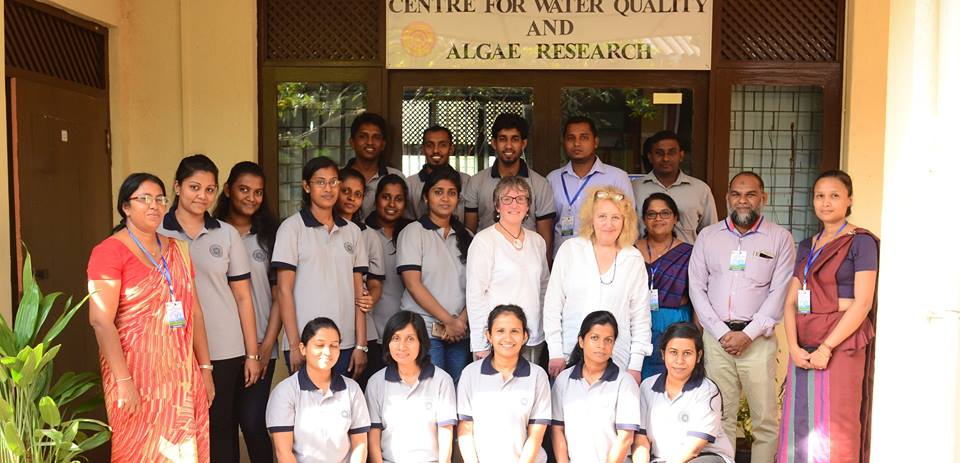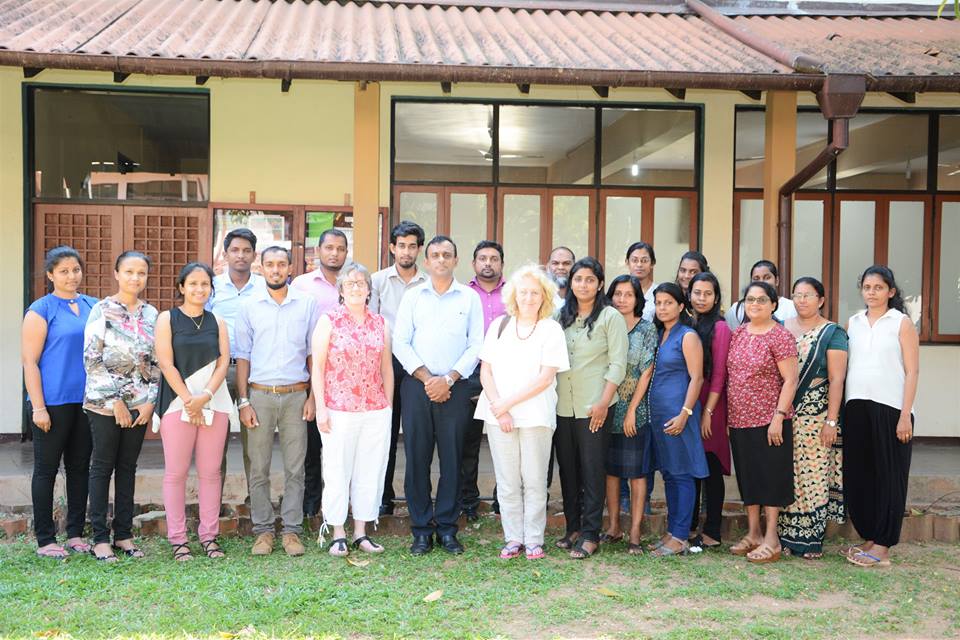Authors: Kosala Ayantha Sirisena, Steven Ramirez, Andrew Steele, Mihaela Glamoclija
Journal: Microbial Ecology
Lake Lucero is a gypsum-rich, hypersaline, ephemeral playa located on the southern part of the Alkali Flat at the White Sands National Monument (WSNM), New Mexico, USA. This modern playa setting provides a dynamic extreme environment that changes from a freshwater lake to a hypersaline dry desert during the year. We investigated the microbial diversity (bacteria, archaea, and microbial eukaryotes) of the Lake Lucero sediments using 16S- and 18S-based amplicon sequencing approach and explored the diversity patterns in different geochemical microenvironments. Our results indicated that similar microbial communities, in particular bacterial communities colonized, were remarkably consistent across our depth profiles. Therefore, these communities show a first-order relevance on the environmental conditions (moisture content, oxygen content, and mineral composition). We found that Proteobacteria, Actinobacteria, Bacteroidetes, Firmicutes, and Gemmatimonadetes were the major bacterial phyla, while Cyanobacteria were present in relatively low abundances and appeared only at the surface. Genus level assessment reflected that Truepera, Delftia, and Pseudomonas were the predominant bacterial genera across all samples. Euryarchaeota was the major archaeal phylum in all the samples, while Candidatus Halobonum and Candidatus Nitrososphaera were the main genera. Diatoms were the dominant eukaryotic group in surface samples and Fungi, Ciliophora, Metazoa, and Nematodes were the other major groups. As expected, metabolic inference indicated that aerobic microbial communities were near surface colonizers, with anaerobic communities dominating with increasing depth. We demonstrated that these microbial communities could be used to characterize unique geochemical microenvironments enabling us to extrapolate these results into other terrestrial and possibly extraterrestrial environments with comparable geochemical characteristics.



